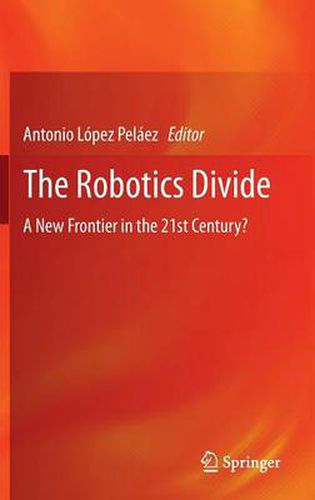Readings Newsletter
Become a Readings Member to make your shopping experience even easier.
Sign in or sign up for free!
You’re not far away from qualifying for FREE standard shipping within Australia
You’ve qualified for FREE standard shipping within Australia
The cart is loading…






This title is printed to order. This book may have been self-published. If so, we cannot guarantee the quality of the content. In the main most books will have gone through the editing process however some may not. We therefore suggest that you be aware of this before ordering this book. If in doubt check either the author or publisher’s details as we are unable to accept any returns unless they are faulty. Please contact us if you have any questions.
Societies survive in their environment and compete with each other depending on the technology they develop. Economic, military and political power are directly related to the available technology, while access to technology is key to the well-being of our societies at the individual, community and national level.
The Robotics Divide analyzes how robotics will shape our societies in the twenty-first century; a time when industrial and service robotics, particularly for military and aerospace purposes, will become an essential technology. The book, written by experts in the field, focuses on the main technological trends in the field of robotics, and the impact that robotics will have on different facets of social life. By doing so, the authors aim to open the black box of a technology which, like any other, is designed, implemented and evaluated according to the economic and cultural patterns of a cosmopolitan society, as well as its relations of power.
The Robotics Divide explores future developments in robotics technology and discusses the model of technological development and the implementation of robotics in this competitive market economy. Then the authors examine to what extent it is possible to determine the characteristic features of the robotic divide, namely in what ways the robotic divide differs from the digital divide, and how a model to integrate this technology can be developed without reproducing patterns of inequality and power that have characterized the advent of previous technologies.
These issues - inequality, robotics and power - are of concern to robotics and advanced automation engineers, social scientists, economists and science policy experts alike.
$9.00 standard shipping within Australia
FREE standard shipping within Australia for orders over $100.00
Express & International shipping calculated at checkout
This title is printed to order. This book may have been self-published. If so, we cannot guarantee the quality of the content. In the main most books will have gone through the editing process however some may not. We therefore suggest that you be aware of this before ordering this book. If in doubt check either the author or publisher’s details as we are unable to accept any returns unless they are faulty. Please contact us if you have any questions.
Societies survive in their environment and compete with each other depending on the technology they develop. Economic, military and political power are directly related to the available technology, while access to technology is key to the well-being of our societies at the individual, community and national level.
The Robotics Divide analyzes how robotics will shape our societies in the twenty-first century; a time when industrial and service robotics, particularly for military and aerospace purposes, will become an essential technology. The book, written by experts in the field, focuses on the main technological trends in the field of robotics, and the impact that robotics will have on different facets of social life. By doing so, the authors aim to open the black box of a technology which, like any other, is designed, implemented and evaluated according to the economic and cultural patterns of a cosmopolitan society, as well as its relations of power.
The Robotics Divide explores future developments in robotics technology and discusses the model of technological development and the implementation of robotics in this competitive market economy. Then the authors examine to what extent it is possible to determine the characteristic features of the robotic divide, namely in what ways the robotic divide differs from the digital divide, and how a model to integrate this technology can be developed without reproducing patterns of inequality and power that have characterized the advent of previous technologies.
These issues - inequality, robotics and power - are of concern to robotics and advanced automation engineers, social scientists, economists and science policy experts alike.